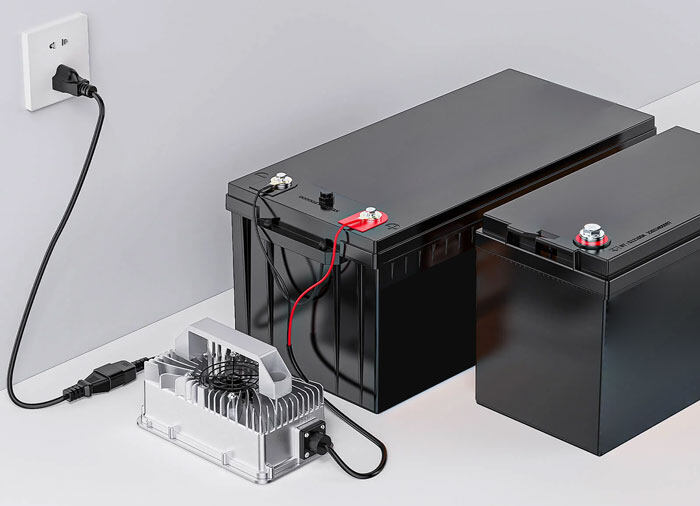Lithium Iron Phosphate batteries widely known as LiFePO4 have gained popularity due to their excellent thermal stability long cycle life and consistent performance One key factor that affects the efficiency and lifespan of these batteries is their full charge capacity
In this article we will explore what full charge capacity means for LiFePO4 batteries how it changes over time and how to monitor it effectively using data visualization

What is Lifepo4 Full Charge Capacity
The full charge capacity refers to the maximum amount of charge a battery can hold after being fully charged It is usually measured in ampere hours Ah and gradually decreases as the battery ages Monitoring this capacity is essential for determining the health and expected life of a LiFePO4 battery
Factors Affecting Lifepo4 Full Charge Capacity
Several elements influence how the full charge capacity of a LiFePO4 battery evolves
|
Factor
|
Description
|
|
Charge Cycles
|
Repeated charge and discharge cycles gradually reduce full charge capacity
|
|
Temperature
|
Extreme heat or cold can degrade battery chemistry
|
|
Depth of Discharge
|
Deep discharges can accelerate capacity loss
|
|
Charging Methods
|
Incorrect voltages or currents can reduce battery lifespan
|
Monitoring Capacity Over Time
Tracking the full charge capacity across charge cycles provides valuable insights into battery degradation Below is an example of how capacity might change over 1000 cycles
|
Cycle Number
|
Full Charge Capacity Ah
|
|
0
|
100
|
|
100
|
98
|
|
200
|
96
|
|
300
|
94
|
|
400
|
91
|
|
500
|
89
|
|
600
|
87
|
|
700
|
84
|
|
800
|
82
|
|
900
|
80
|
|
1000
|
78
|
Tracking Capacity Degradation
A line chart can be used to visualize the decline in capacity over time, providing a clear view of the degradation process.
Conclusion
Understanding and monitoring lifepo4 full charge capacity is crucial for maintaining performance and extending the lifespan of batteries With proper data tracking and visualization users can make informed decisions about battery maintenance and replacement






